Science & Lineal Algebra
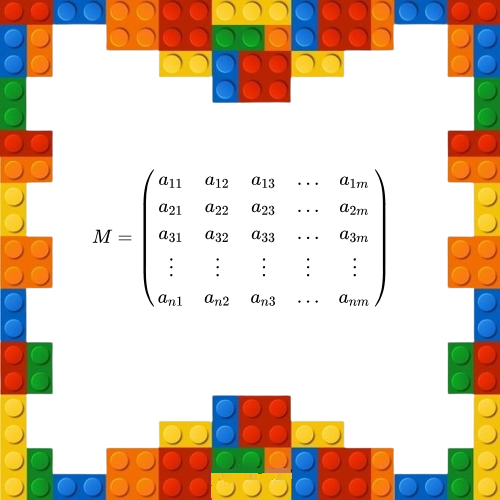
Linear Algebra (Matrix), Determinant, Inverse, CoFactor, Adjoint, Scalar Multiplication, Subtraction, Plus, Multiplication, Transpose, Random, Trace and Identity.
Applications: Data Science, Data Analysis, Algorithms, Statistics, Engineering, Calculus, modeling, computing, fuzzy logic, others.
Coming soon Science, Q42025
*
*
Regression
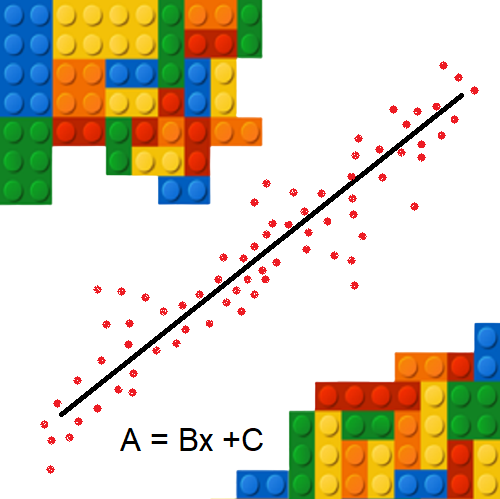
To perform preliminary data analysis and predict future trends and areas such as medicine, engineering, data science, data analysis using Linear Regression.
Applications: Linear convertion, Drug response, Stock prices.
Algorithms: Simple Linear Regression, Multiple Linear Regression, Logistic Regression, Polynomial Regression.
*
Classification
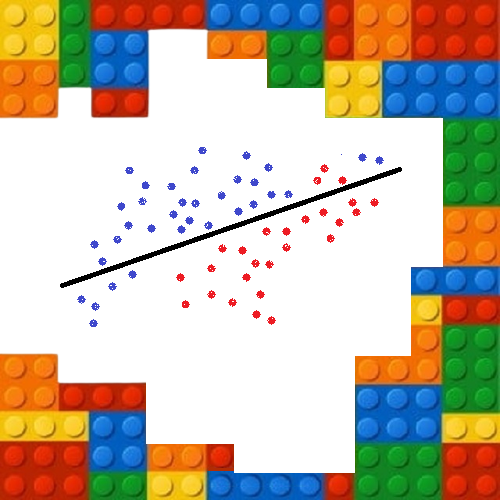
Identifying and classification which category an object belongs to.
Applications: Spam detection, image recognition.
Algorithms: KDTree, KDependent Bayes, Cluster Evaluation, Cross Validation, Native Bayes, SVM, Optiming SVM and Random Forest.
*
Clustering

Automatic grouping of similar objects into sets.
Cluster analysis, also known as clustering, is a method of data mining that groups similar data points together.
K-means is a clustering method, which aims to partition a set of n observations into k groups in which each observation belongs to the group whose mean value is closest. It is a method used in data mining.
Applications: Customer segmentation, Grouping experiment outcomes
Algorithms: k-Means, Cluster evaluation, KNearest Neightbors.
*
Neural Networks

A neural network is a method of artificial intelligence that teaches computers to process data in a way that is inspired by the way the human brain does.
Applications: Data processing and modeling: Validation, aggregation and data analysis. Design and finding faults in complex software systems. Control engineering: Monitoring of computer systems and manipulation of robots. Including the creation of autonomous systems and robots.
Algorithms: MultiLayer Back Propagation, Feed Forward, Genetic Algorithm, Adaline, BAM, HopField, Perceptron, RBF, Resilient Propagation, Nomalization Data and Import Models.
*
Natural Language Processing

Natural language processing (NLP) refers to the branch of computer science—and more specifically, the branch of artificial intelligence or AI—concerned with giving computers the ability to understand text and spoken words in much the same way human beings can.
These technologies enable computers to process human language in the form of text or voice data and to ‘understand’ its full meaning, complete with the speaker or writer’s intent and sentiment.
Applications: Spam detection, text translation, conversation assistants, voice synthesis.
Algorithms: NER, Sentence Detector, Sentiment Detector, Tokenizer.
*
Image Processing and CV
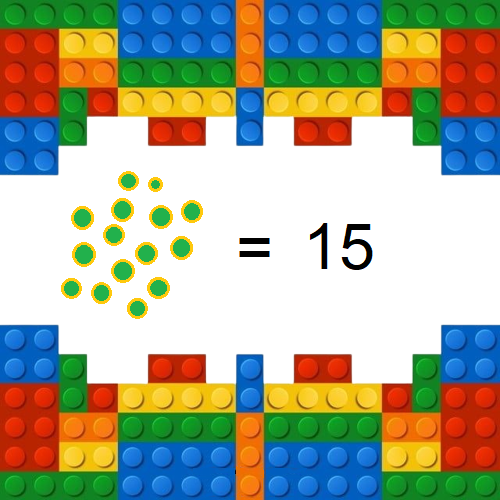
Image processing is the set of techniques that are applied to digital images with the aim of improving quality or facilitating the search for information.
Computer Vision is a scientific discipline that includes methods to acquire, process, analyze and understand images of the real world in order to produce numerical or symbolic information so that they can be processed by a computer. Just as humans use our eyes and brains to understand the world around us
Applications: Object detection, Image analysis, Counting objects in an image.
Algorithms: Canny, Sobel, Gaussian, Median filter, Count Objects, Convert Color Image, Comparate images, Convert Binary, Mirror Image, Resize Image, Convert Gray, Sepia, White, Black, Features Image.
*
Security

Using encryption processes applied to information security using symmetric and asymmetric keys.
Applications: Data encryption & decryption (data strings or files of any type).
Algorithms: AES, RSA, 3DES, SHA, SHA3, SHA256, SHA512, MD5, Base64, and Convert String to Binary, ECDSA Ephemeral key.
PQC (Post Quantum Criptography) Coming soon 2025Q2.
*
Communications

Communications: Web Server, IP Forwarding (Give an IP so you can access your mobile from anywhere).
Applications: Remote access direct to any mobile device, table or PC, through a Web server.
Comunnications: Web Server, SSH, IP-Forwarding.
*
ABOUT US
SciBlock is a simple, easy and simple way of visual programming and developing mobile applications without having knowledge of traditional programming for people who need to develop artificial intelligence projects (Machine Learning, Deep Learning, Neural Networks, Natural Language Processing, Image Processing, Computer Vision, and Quantum Computing), tools are also included to collaborate with your projects such as Mathematics, Statistics, Security and Communications.
This framework uses technology developed to create and develop programming of visual blocks, created in OpenQbit.com
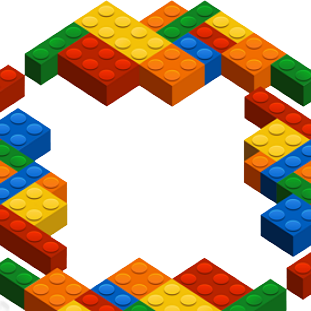
TALK TO US
Have any questions? We are always open to talking about your needs, new projects, creative opportunities, and how we can help you.
OPENQBIT.COM / GROUP FOUNDATION.